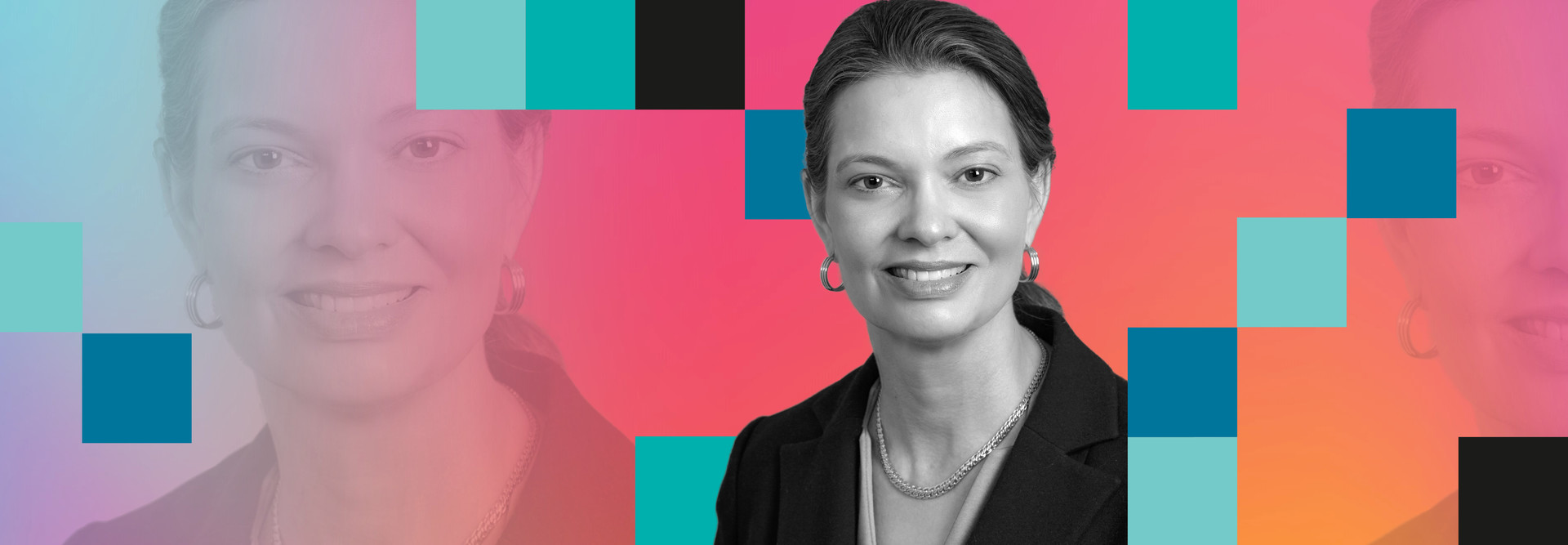As the vice president of IT and CIO at the University of Delaware, Sharon Pitt has got a lot on her plate. However, that hasn’t stopped her from serving on multiple professional committees and associations throughout her career.
As a board member of the New York State Education and Research Network and a member of the EDUCAUSE Diversity, Equity and Inclusion Task Force, Pitt has dedicated much of her career to uplifting the voices of women and minorities in IT departments and beyond. Last year, Pitt also joined the ranks of the top 30 IT influencers featured on the EdTech: Focus on Higher Education 2020 Dean’s List.
Pitt shared with EdTech her insights on how higher education IT leaders can keep a seat at the table.
EDTECH: IT has evolved from being seen as a back-office, task-oriented service to being a strategic player in higher education strategies and student outcomes. Can you talk about that evolution?
Pitt: I have always viewed technology as strategic. I am quite sure that I would not have entered this field if I had viewed IT as a back-office function. Fortunately, I began my IT career in academic technology at a forward-thinking and innovative university, where, every day, my colleagues and I helped engage students and improve learning. Throughout my career, IT has been about improvement and innovation, and that has never really changed. Sure, we run systems and processes that are seamless, resilient and available. But we also help research, education and institutional decision-making move forward in meaningful ways. In my opinion, CIOs in higher education who view technology as strategic are the most successful ones, and so are the informed higher education leaders who think likewise.
READ MORE: Southern University's Christopher Turner makes the case for esports.
EDTECH: Has your senior IT leadership position changed since the pandemic began? If so, how?
Pitt: The position has not really changed. Instead, its focus has changed and, in some respects, intensified. At the beginning of the pandemic, our team was focused on continuity. We supported the rapid pivot to remote work and online learning. We built safety systems and invested in personnel to support academic excellence. We sought to restore the rhythms of the university, although in very different ways from our pre-pandemic past.
The IT in higher education community is creative. Many of our team members have contributed to ensuring the success of our university through innovation. Others have responded with unbelievable speed to support institutional decisions, such as changes in class schedules and grading procedures, and to address unexpected challenges like Zoombombing.
The need for communication has increased dramatically. While we were a fairly communicative IT organization before the pandemic, intentional communication is now a requirement for effective IT — whether that communication is between individuals within the IT team and its functional units or with our institutional partners. Planned, thoughtful and compassionate communication has been critical at a time when there are serious health risks, overwhelming levels of work and deep budget impacts.
EDTECH: How are you using your role to create more value for students, faculty and staff at the University of Delaware?
Pitt: IT’s value is sometimes hidden because we are enablers. At its heart, IT is about service. The CIO and the IT team address challenges and transform operations to be an asset to research growth, student success and operational effectiveness. If our institutional culture was not ready for digital transformation before the pandemic, it certainly is now. Remote work has highlighted inefficiencies and shown the value of rethinking and streamlining institutional processes.
During the broad institutional shift to online learning, we had to clearly define — with lived experiences — how we want to use technology to support teaching and learning in the future. New technologies allow us to achieve efficiencies in the physical and technology infrastructure of the university, which affords increased operational efficiency as well as transformed student experiences. Now more than ever, institutional leaders demand trustworthy and timely data for student success. IT teams and their leaders must meet and exceed the digital expectations of all within our community. Sustainable IT funding models, thoughtful organizational strategies and an intense focus on service will allow our team to continue to increase its value to the University of Delaware.
DIVE DEEPER: John O’Brien talks to EdTech about the shifting roles of higher ed IT.
EDTECH: The pandemic has given IT departments a chance to show their strategic importance. How can higher education IT organizations keep a seat at the table?
Pitt: Many universities, like mine, understand the strategic value of IT and involve IT during institutional planning. I think about the value that our IT team showed during the pandemic. In addition to supporting ongoing projects and operations, we were engaged in the rapid response to health and safety needs, the pivot to remote work and the massive transition to online learning. IT across the university will help define and support post-pandemic higher education, from how we work to how we teach and how our students learn. The expertise, knowledge and capabilities of IT professionals must be leveraged to ensure a transition to an efficient, effective and thriving institution of the future.
RELATED: Read our Q&A with Rutgers University's Tina Pappas.
EDTECH: As a member of the EDUCAUSE Diversity, Equity and Inclusion Task Force, can you speak to IT’s role in advancing DEI in higher education?
Pitt: Diversity, equity, inclusion and belonging are shared responsibilities in which every person has a role. IT organizations that embrace these responsibilities are strong, creative, positive, high-functioning and a joy to work in. In such organizations, members of the team feel as though they are safe and that they have a voice. My hope is that each member of our team espouses and embraces these values — in fact, developing an IT workforce and workplace that values diversity and inclusion is a goal within our information technology strategic plan.
Pitt: All of IT needs to get involved. At UD, team members within our information technology division launched a Women in Technology organization that inspires young people to embrace technology as a profession, including mentoring at our local high school, participation in Delaware’s DigiGirlz events and teaching technology workshops as a part of UD’s College Readiness Scholars Institute, which offers immersive college experiences for low-income and first-generation students. UD’s WIT also advocates for and supports the development of all staff who wish to grow, whether that is understanding more about technology or gaining leadership insights.
Technology has the power to divide and the power to build. The design of systems and the use of data can reinforce inequity or work toward equity. Ethical approaches to the use of systems and the design of data use is critical for an equitable future. IT can help to ensure that digital transformation does not include systemic bias.
CIOs and IT professional organizations must loudly and persistently advocate for affordable access to broadband. The pandemic highlighted a continued divide among those who have affordable access to technology and those who do not. Stimulus packages will help states address digital inequity by reducing the cost of broadband in urban, suburban and rural areas. It will help to build “last mile” connectivity in places that need it. Still other programs help struggling families pay for that connectivity. I hope to see continued investment in — and by —research and education networks across the United States. This can connect our broader communities to experts and expert content in higher education that will continue to bridge divides and promote systemic equity.
I am proud to have been a member of EDUCAUSE’s first Diversity, Equity and Inclusion Task Force. I was one of the first signatories of that organization’s CIOs’ Commitment on Diversity, Equity and Inclusion. I actively seek to follow through on those commitments.
Kathy F. Atkinson / University of Delaware















